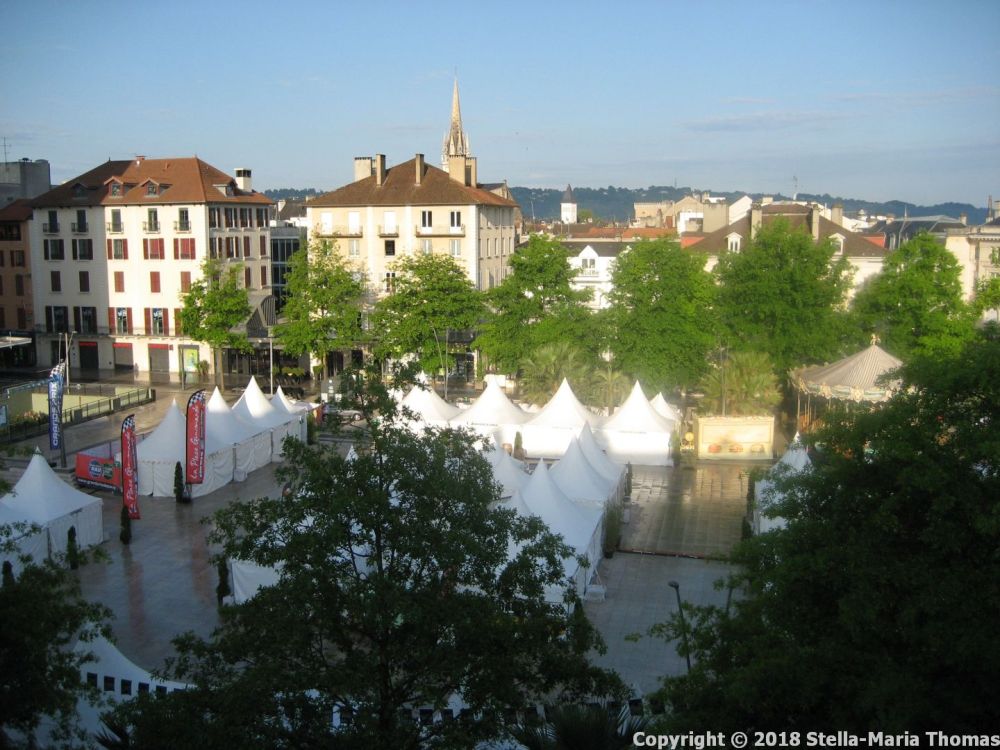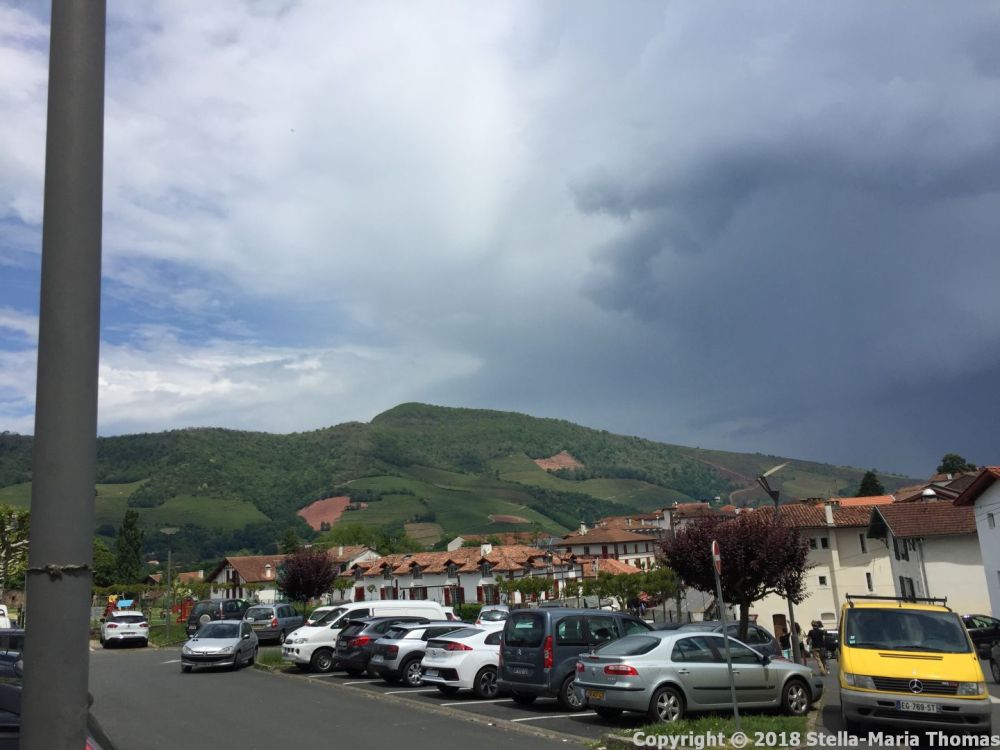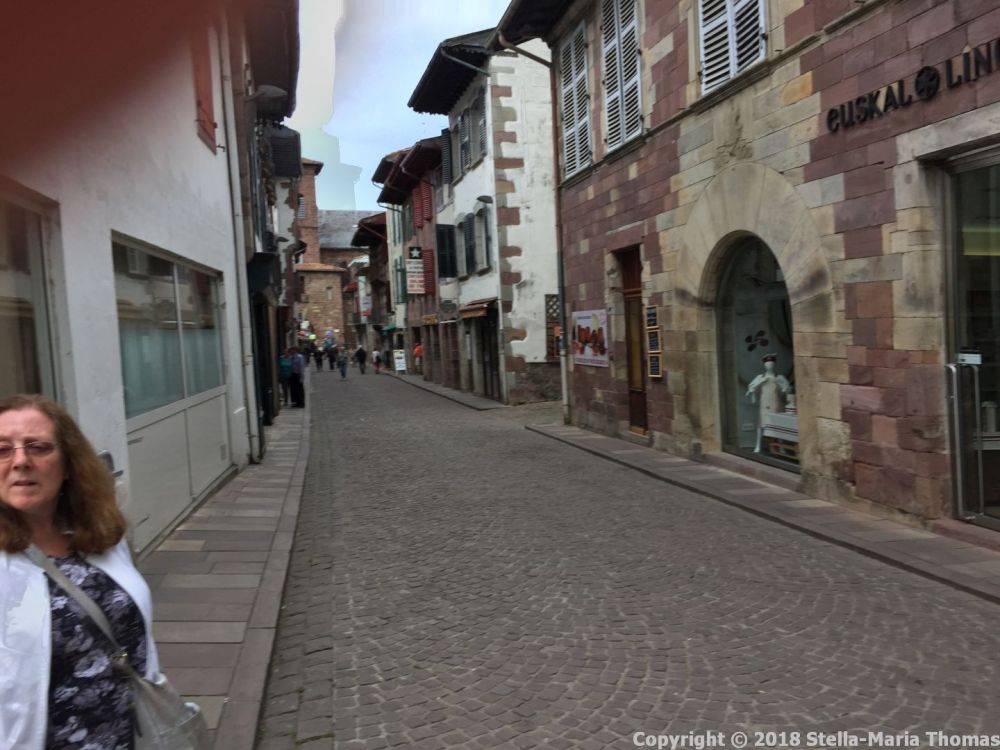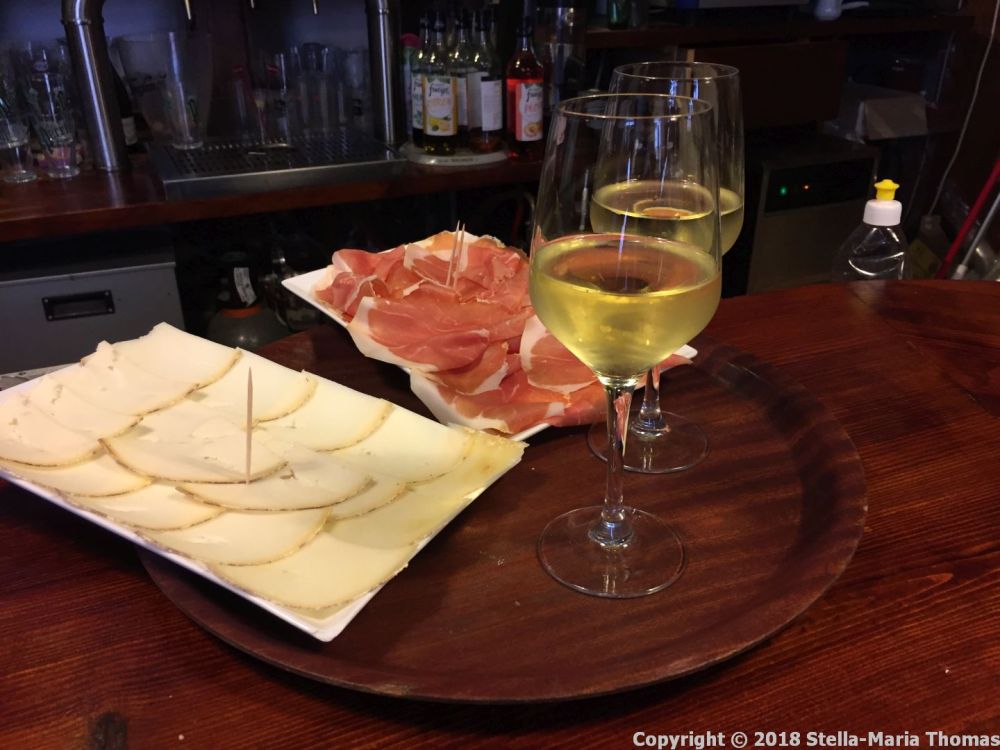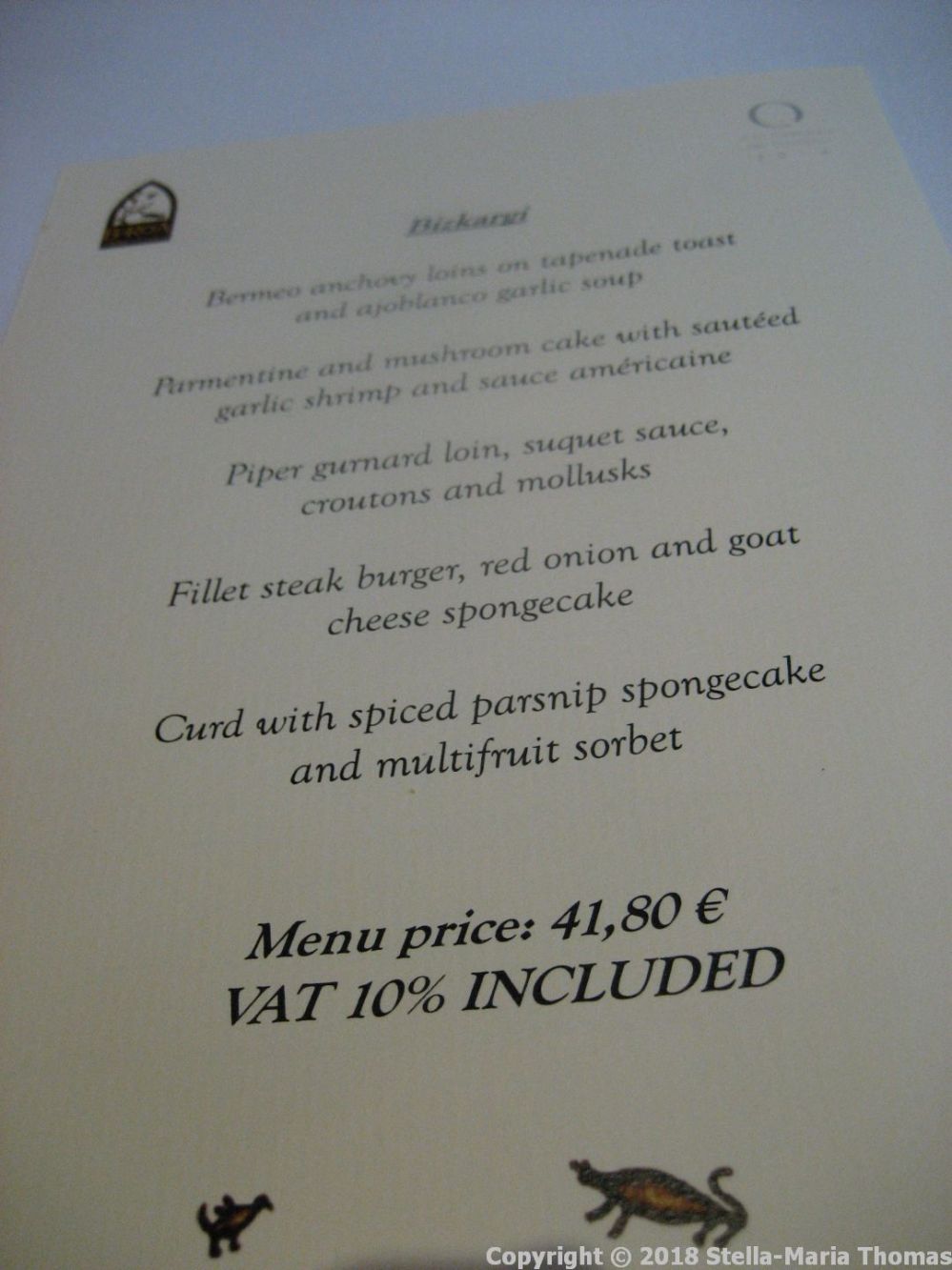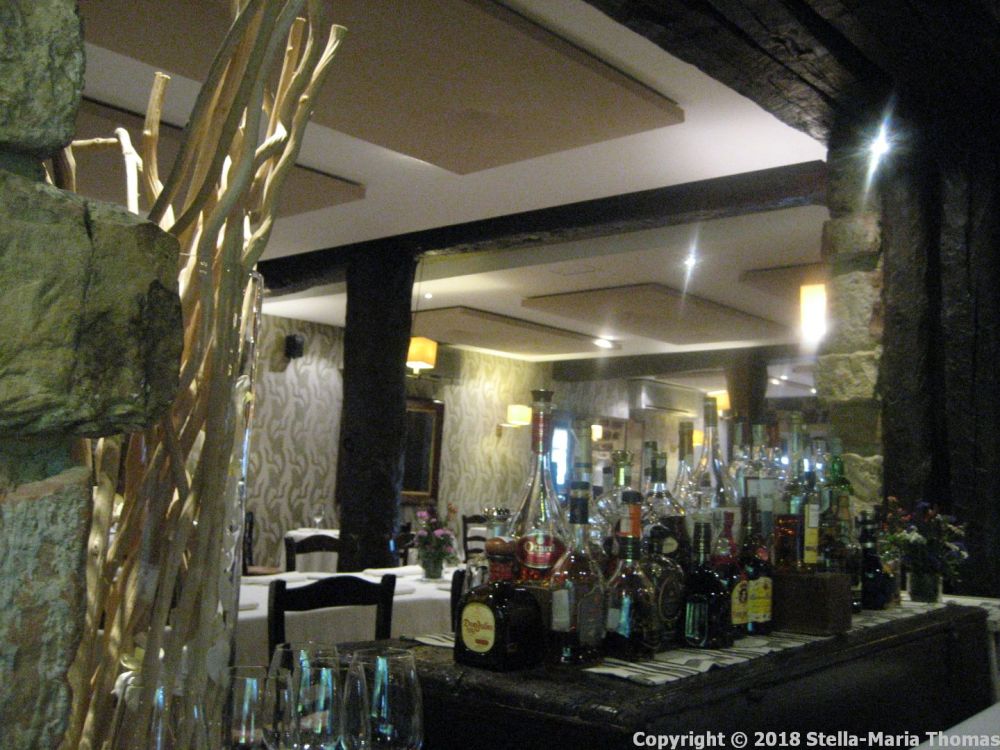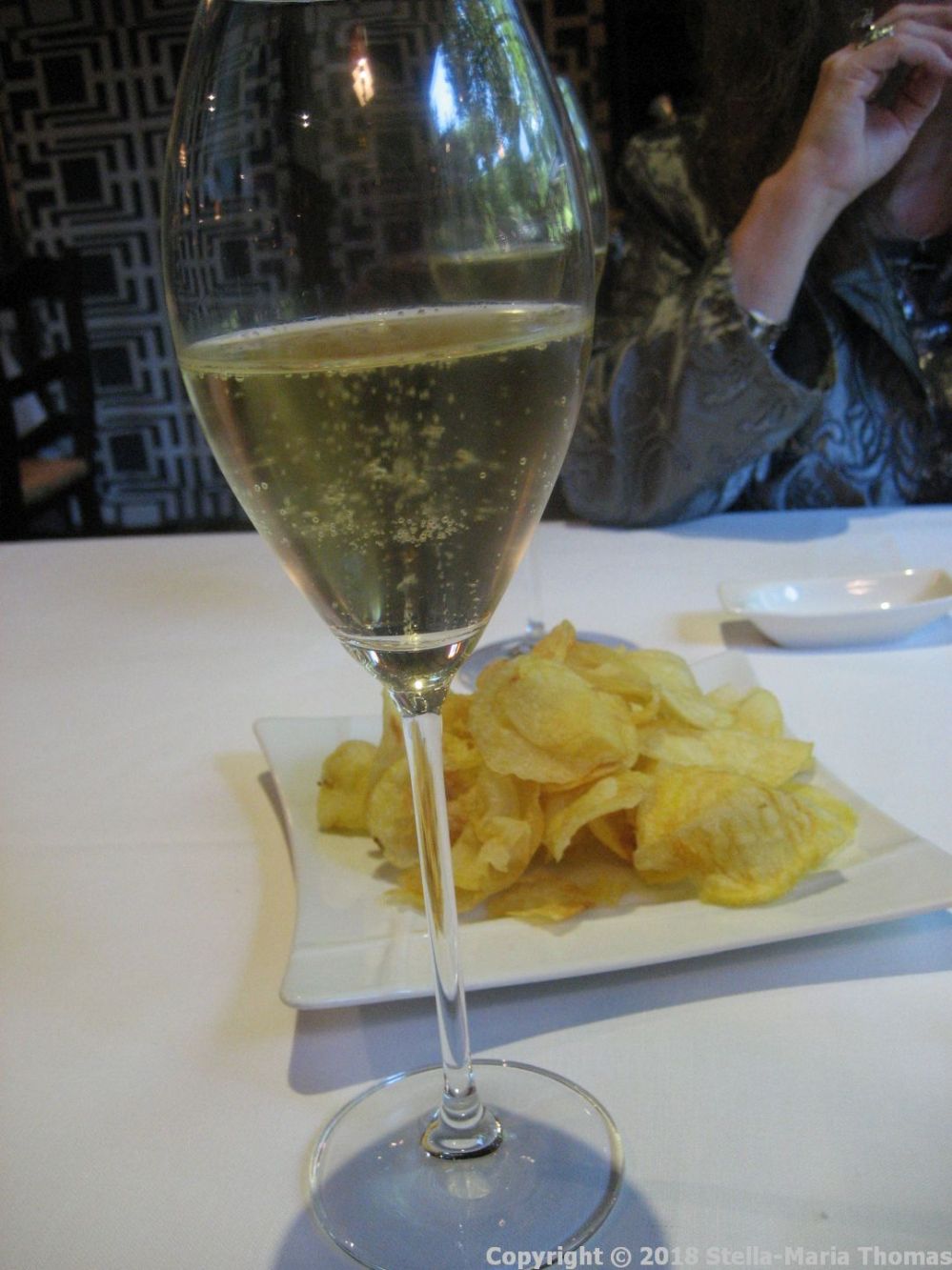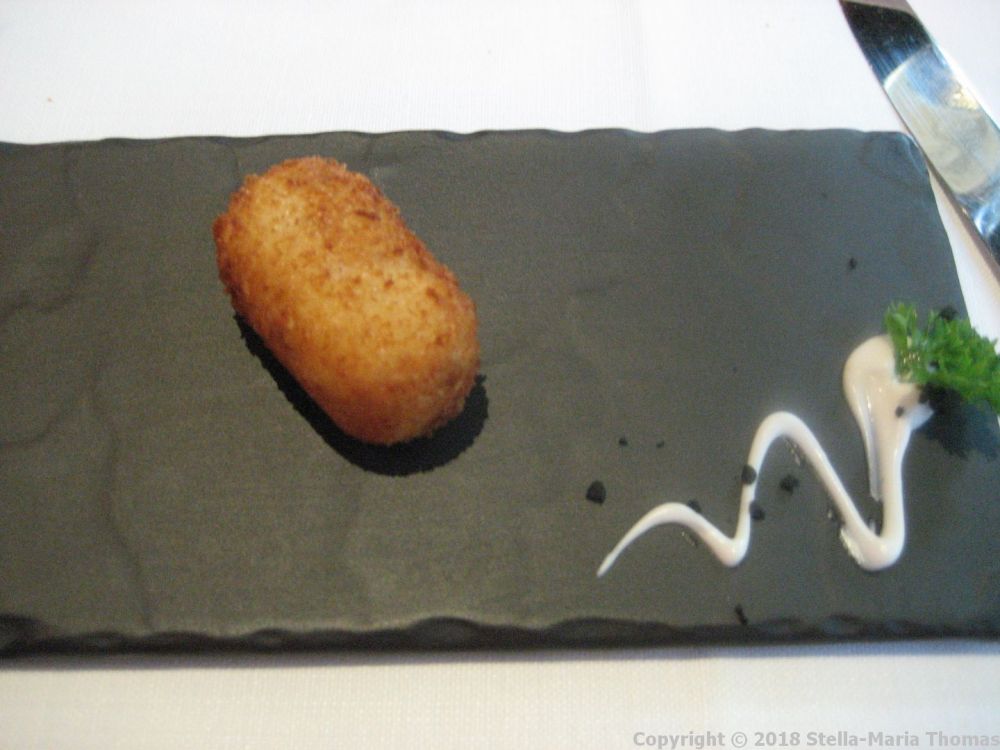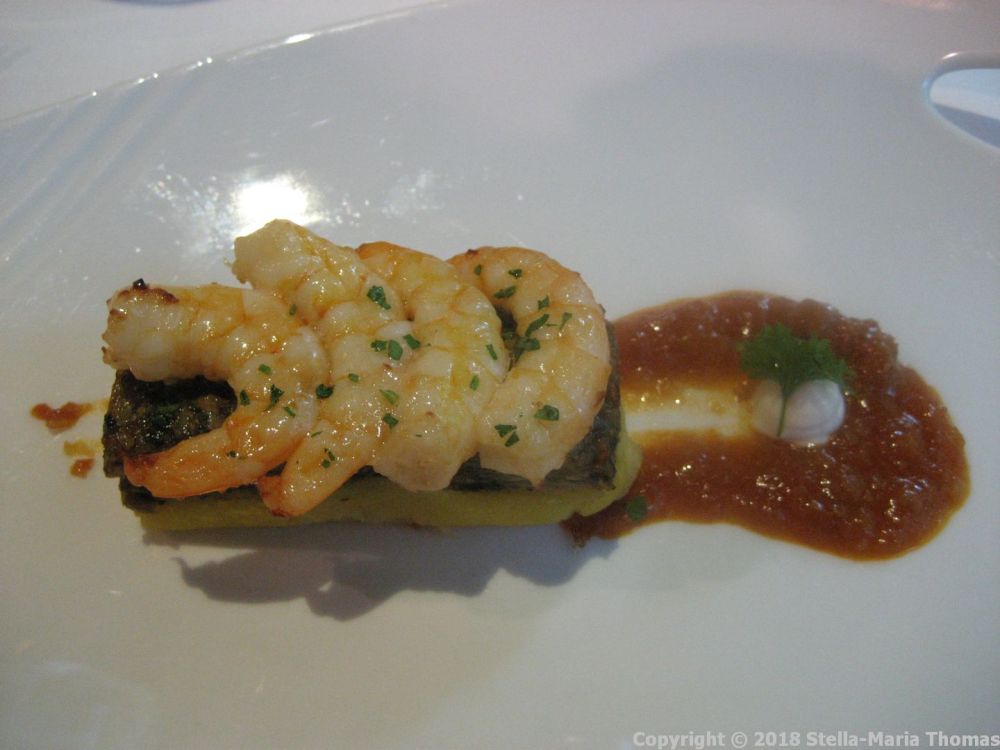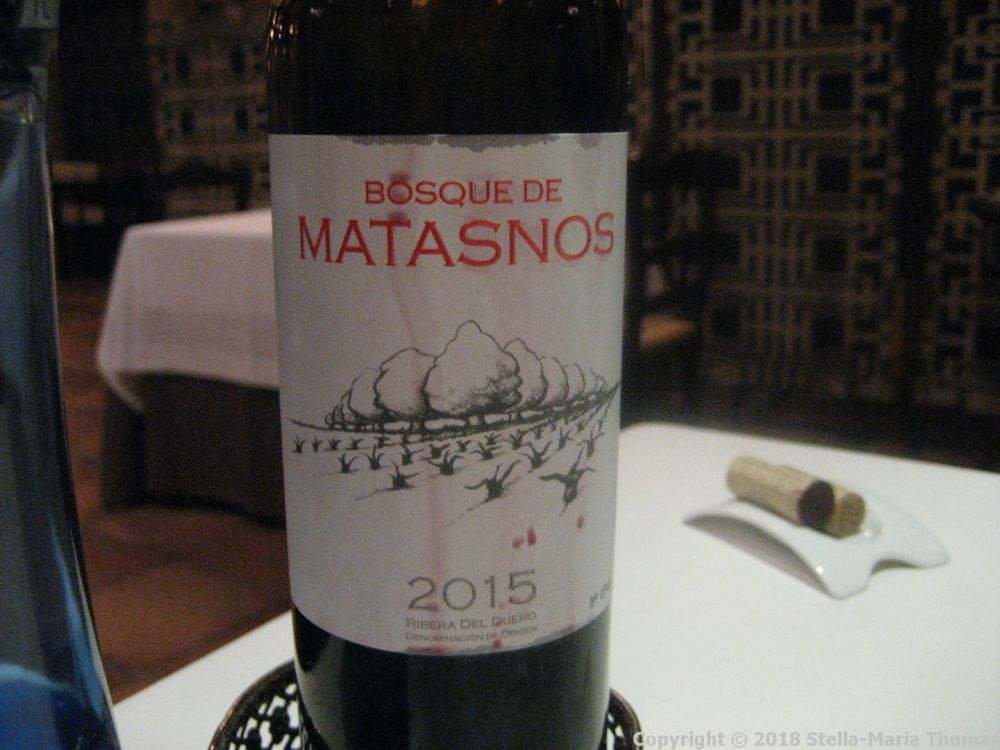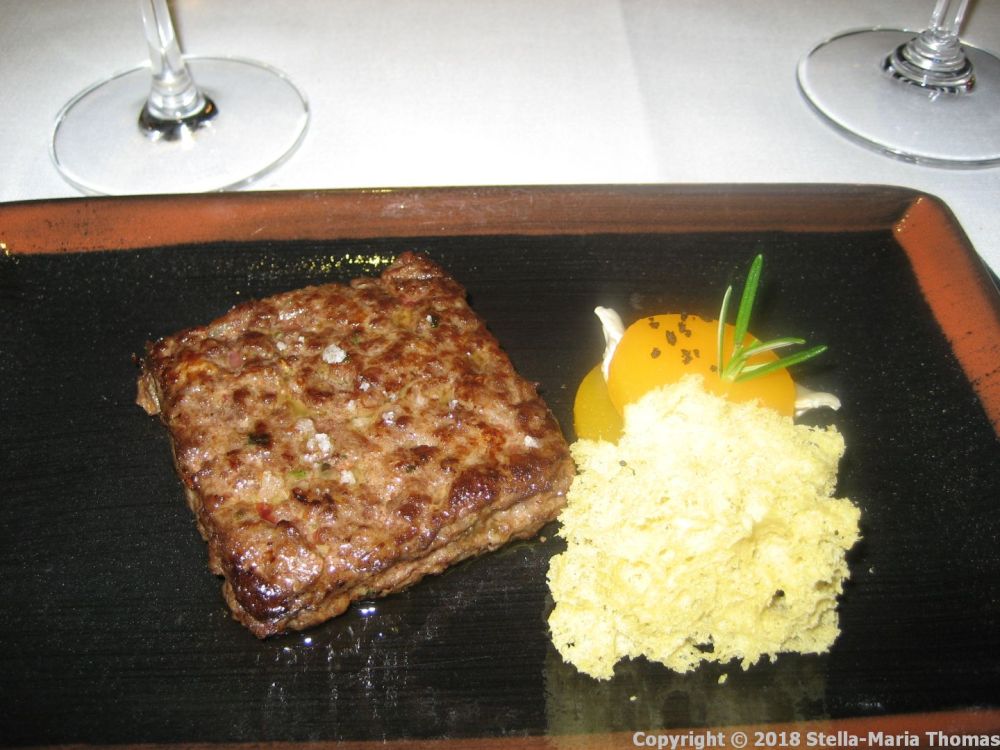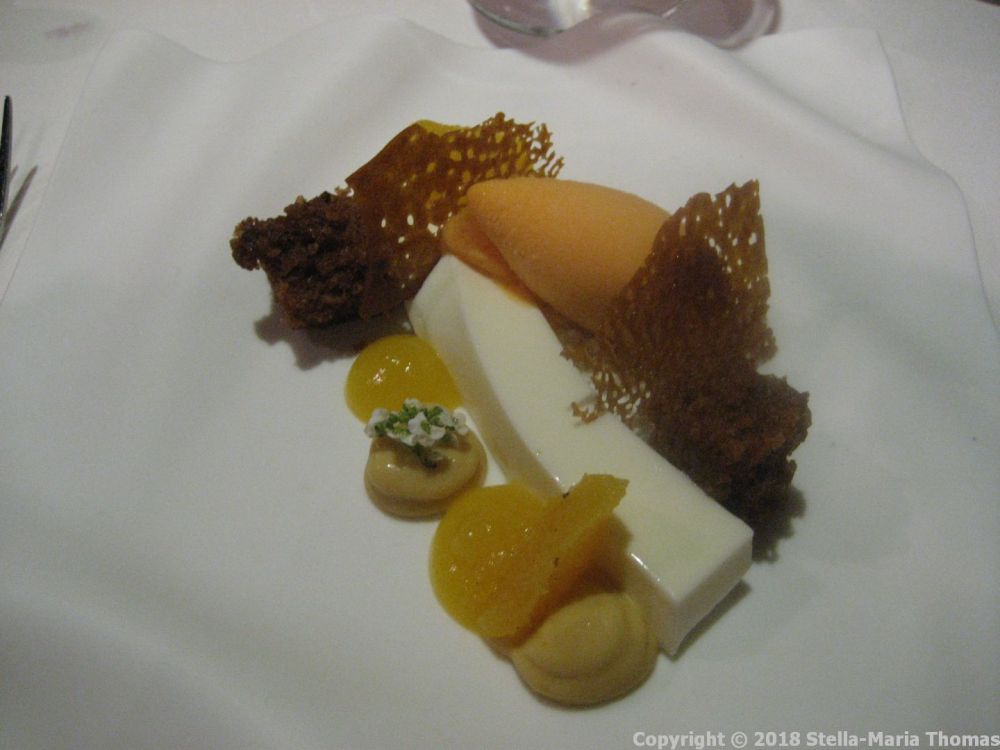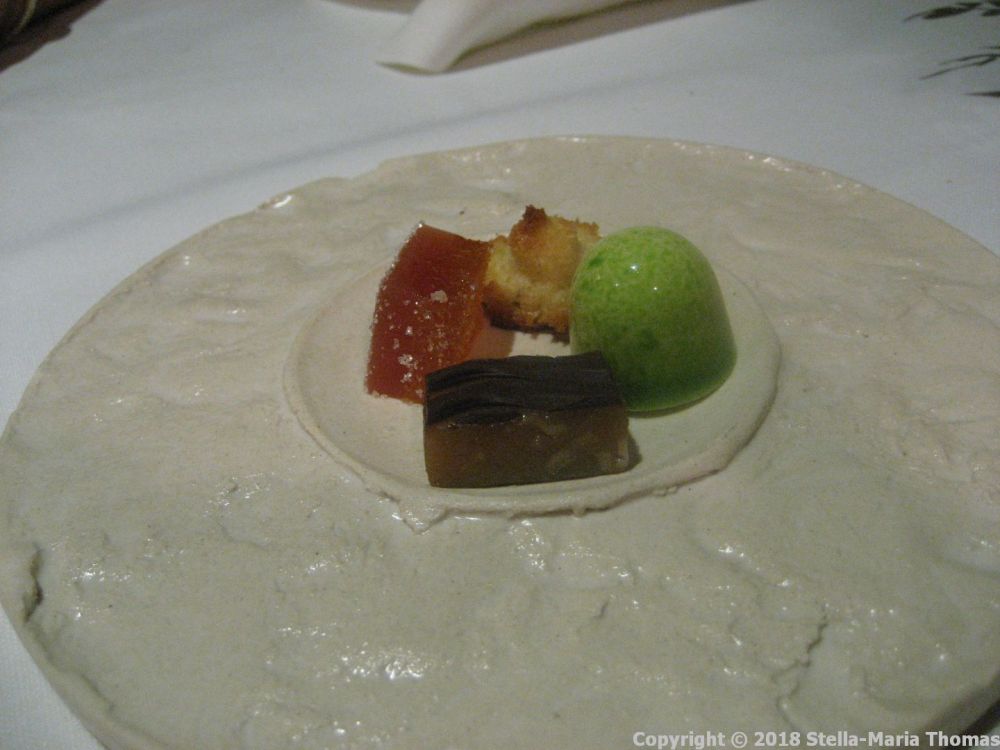Monday, May 21st – Day 17, Pau, Gan, Saint-Jean-Pied-de-Port, Larrabetzu, Amorebieta
I was woken up early by the sound of the street cleaning machines trundling around the Place Gourmande site on Place Georges Clemenceau, so between the noisy revellers the night before and the local council’s street cleaning department, I’d managed about 5 hours sleep. Thanks a lot, guys! It did look lovely and clean though…
The overnight rain had cleared away and it looked like it was going to be another lovely day. I was happy enough with that because there was quite a lot of driving to do. Actually there was slightly more than I thought, because R was leaving by bus from the University bus stop to get to the airport. Sensibly he’d ordered a taxi well in advance, which simply didn’t turn up, or at least hadn’t turned up 10 minutes after it was expected, and which meant he was starting to run out of time to make the coach. We threw his bag into the car and hared across town, hampered at every stage by closed roads, red traffic lights and the apparent sudden incompetence of my SatNav system. However, we eventually got there and the bus he was supposed to be catching was still there, with a queue of people waiting to get on. I dropped him off, went back to the hotel, and then loaded up the car as neatly as I could.
That done we pointed the car towards Gan again, and les Caves de Gan where we planned to buy some local wine, including a case of Jurancon doux, and some reds for everyday drinking. The Pyrenees were looking very attractive despite the ominous clouds lowering in the distance. However, apart from the Caves pretty much nothing in Gan was open, and we needed to refuel if we were going to make it all the way to Bilbao by the end of the day. I knew the Carrefour supermarket to the north of Pau was open despite it being a bank holiday, so we headed that way, and discovered that the Leclerc on the Rocade was also open. We pulled in, picked up some sweets and biscuits to take home to our colleagues, some creme de mure, and some local food specialities, and filled up with diesel.
Setting our next destination for Saint-Jean-Pied-de-Port, we made our way to our next way stop, driving into some lovely open country, all the while with the mountains getting ever closer. On getting close we saw some signs for vineyards open to the public, but closer inspection proved that because it was a public holiday, they were closed. Eventually we gave up and decided to drive into the centre of the town, given that we could do with a coffee and a break by then.
Apparently Saint-Jean-Pied-de-Port means Saint John at the foot of the pass, which makes sense when I think about it. It is, of course, a stopping point for the Camino Francés, one of the most popular options for walking the Camino de Santiago if you have taken the routes that run from Paris, Vézelay or Le Puy-en-Velay, as they all meet here prior to the mountain crossing. We certainly saw a lot of people laden with rucksacks with scallop shells, the traditional badge for pilgrims on the Camino, hanging from them.
The original town was razed to the ground in 1177 by Richard the Lionheart after a siege, and the new town was built on the current site by the King of Navarre, shortly afterwards. The town has a delightful medieval centre with houses overlooking the river Nive, as well as a citadel revamped in the 17th Century by Vauban, but unfortunately we didn’t have time to do it justice.
We did have time to buy more wine though, Saint Jean sitting right in the Irouléguy appellation, a much underrated and under-known source of some very good wine. I have a suspicion that it’s partly because they are keeping the wines to themselves, and partly that unless you’re born in those parts, most of the names are bordering on the unpronounceable what with all the Xs and Zs in them! We were beginning to wonder if we would find anywhere to sell us any when we stumbled upon the Caves des Etats de Navarre where they were not only prepared to let us try and buy some wines, but were also serving food.
It was now 14:00 and we were getting hungry so we ordered a plate of the local cheese (Ossau-Iraty of course) and another of Bayonne ham. What we got was massive and delicious and it went very nicely with a white Irouléguy.
We added the final two cases of wine to the car, and set off towards our final destination, the scenery becoming ever more dramatic as we hit the motorway again and crossed the border into Spain. It’s gloriously mountainous just back from the coast towards Santander and then on to Bilbao, and I think we now want to come back and have a closer look at this part of the world. We really don’t know Spain apart from the bits around the two race circuits we have been to, Jerez and Valencia. The rest of it’s a bit of a mystery to us. That may be a mistake, we’re starting to feel.
We were booked to stay in an agriturismo that was described as being close to the motorway. The street name wasn’t showing up in the SatNav whatever I tried, so we headed for the town named in the address, Larrabetzu. After we’d been round the place twice we stopped and wrestled the SatNav one more time, only for it to tell us we were around 3 miles away from where we wanted to be. We followed the instructions only to find ourselves on the roughest of rough roads, going up a massive hill and past a disused golf centre, going at around 8 mph for fear of breaking our wine bottles, or falling off the precipitous edge of the road. Cursing and sweating we eventually located the gate for the Casa Miamendi, and hauled ourselves up a ludicrously steep drive, coming to a stop outside a house that matched the photos on Booking.com but that seemed to be completely deserted. Eventually someone appeared, and led us to our room, which was very nice indeed, especially for €70. Sadly communication was almost impossible, because I don’t speak any Spanish or for that matter Catalan or Basque, and she didn’t speak English, French or German. We resorted to gestures, which seemed to work on both sides.
Settled in the room, we discovered that if we’d gone on to the next exit from the motorway, we’d have been around 200 yards from the gate. Grrr! Our route to the restaurant I’d booked us into for the night took us straight down that way and meant it took 10 minutes to get to for dinner. Getting back was another matter, but first the food and drink. This area of Spain is festooned with Michelin stars, including the 3-star Azurmendi that we could see from the hotel, though on a Monday night it’s not so much a matter of choosing where to go, but of finding somewhere that will actually be open on a Monday. We had opted, after an exchange in somewhat awkward English, for one-starred Boroa Jatetxea in nearby Amorebieta–Etxano. Apparently they only do a “limited” menu on a Monday. We were more than happy to settle for that actually, because what we got was superb. We didn’t feel in any way short-changed, that’s for sure.
First, however, the place itself. We drove up a well-kept drive way and parked to find ourselves in front of a somewhat rambling building, very much in the local architectural vernacular, low, set in a massive garden with lots of outdoor seating areas, some occupied by people who looked like they might be taking advantage of the weather to call in to the Taverna part of the establishment to have a leisurely Monday night drink with friends or colleagues. With a large, modern business park just down the road, I suspect that is where a lot of their custom comes from. We were greeted promptly on our arrival and were walked through the tavern and into the restaurant proper, a large room, divided up with screens, low ceilinged and with lovely large windows overlooking the gardens.
We opted to have the Bizkargi menu (possibly named after a local mountain peak) and settled in to enjoy the ride. We were still having problems with our lack of Spanish language skills, which was a shame, because our waitress was lovely and very keen to explain things to us. Sadly, she was pretty much wasting her efforts, though we did appreciate the sentiment. We started with a glass of cava, as seemed appropriate, and some lovely home-made potato crisps came to accompany them. We had to try and stop ourselves from scarfing the lot, knowing we had a tasting menu to get through.
Some very fine, very rustic bread came along too, dotted with seeds, with a beautiful crust and with a small dish of olive oil to dunk it in.
As an amuse bouche we were served a lovely soft ham and potato croqueta, with a gorgeous crisp shell.
The sommelier brought the wine we’d ordered, to the approval of the waitress who obviously considered this a good option with the next few courses, all of which were fishy. I’d not got too much idea what I was doing but what I’d understood of the description suggested that a bottle of the Itsas Mendi Artizar might be a very good thing.
It was certainly very well matched to the first course of Bermeo anchovy fillets (or loins, as the menu had it, though I can’t help but feel anchovies are too small to have loins!) served on a very delicate tapenade toast with a smooth, creamy, cool ajoblanco garlic soup.
The next course was described somewhat prosaically as parmentier potatoes, mushroom cake, sautéed garlic shrimp and sauce Americaine. It was rich and spicy and the prawns were redolent of garlic, rich with it. It was a glorious little plate of sheer pleasure if I’m honest. More would have been nice, but equally there were further goodies to come.
Next up was a portion of piper gurnard, again the loin which seems to be a popular cut here, an odd looking fish but very good eating. It’s quite meaty, a bit like monkfish (another weirdly prehistoric looking thing) with a suquet sauce, croutons and molluscs (which were actually mussels). Suquet is a Catalan word for sauce, and it’s a traditional dish, the fish-based sauce thickened with potato, and flavoured with peppers. It was also very good. So far, the chef hadn’t put a foot wrong, and didn’t look likely too either. I’d love to go back some time when they’re not doing their “restricted” menu to see what they are really capable of.
The white wine was now done and it was time for the meat course, so we were about to swap to a red. Like the white it was pretty local, and again the waitress seemed to think it was a good choice, so I was more confident now. We tasted it and liked it very much, it being a Bosque de Matasnos 2016 Ribera del Duero.
We reckoned it worked with the meat, a fillet steak burger, with red onions and a goat cheese spongecake.It was a very simple dish and that meant there was no place to hide, the meat had to be brilliant quality or it would not have worked. This was, cooked to still be slightly rare and juicy, with the lightest of goats cheese in the sponge cake. It was cleverer than it looked, and very, very good.
The dessert was upon us, and it too was clever, classy and tasted fabulous. It was curd with spiced parsnip sponge cake, sticking with the cake theme from the meat course, with a multi-fruit sorbet that had us identifying all sorts of different flavours and never being quite sure if we were right. It was lovely and elegant and it rounded off the meal very well.
There just remained the petit fours, which were thankfully very tiny, because by now we were flagging. Still, we’d be eating on the ferry for the rest of the trip and as we were putting ourselves in the hands of Brittany Ferries for the first time ever, we’d no idea what to expect. It wouldn’t matter because our last actual holiday meal had lived up to expectations and made us both very happy.
There was enough wine in the bottle for us to have another glass each, so we asked them to stopper it for us, and put it in my bag to drink back at the hotel, just in case we ended up having to go back over that accursed mountain if we failed to find the short cut. And that’s precisely what happened, to my utter frustration. Two attempts to locate the correct turn off failed completely and so instead of 10 minutes (which was how long it had taken from the hotel to the restaurant) it took 30 minutes to get back! A friend who lives in Spain has suggested that SatNavs do not tend to work especially well in Spain. I was just hoping it was going to be easier to get to the ferry in the morning… we’d be leaving in plenty of time, that was for sure.
